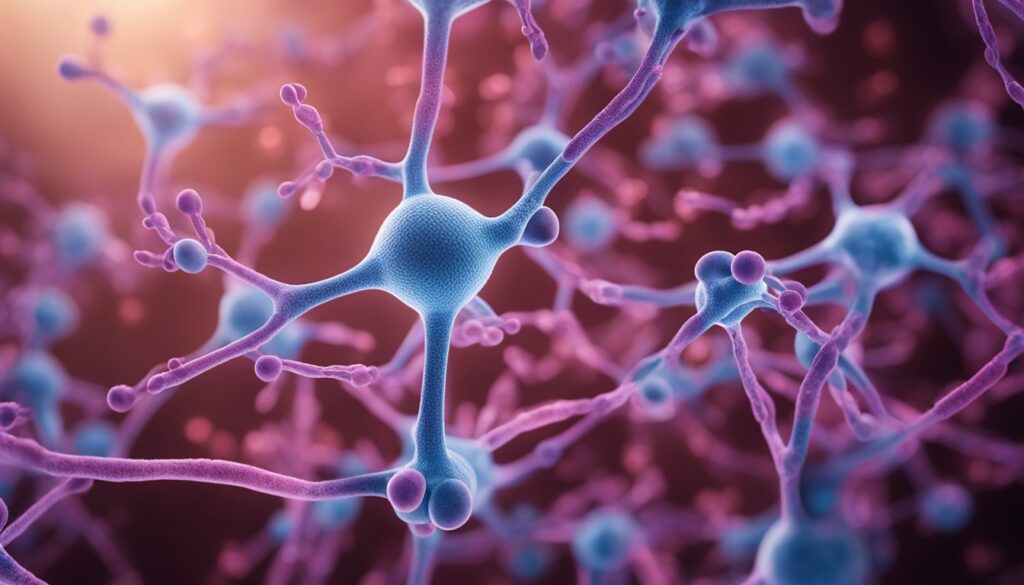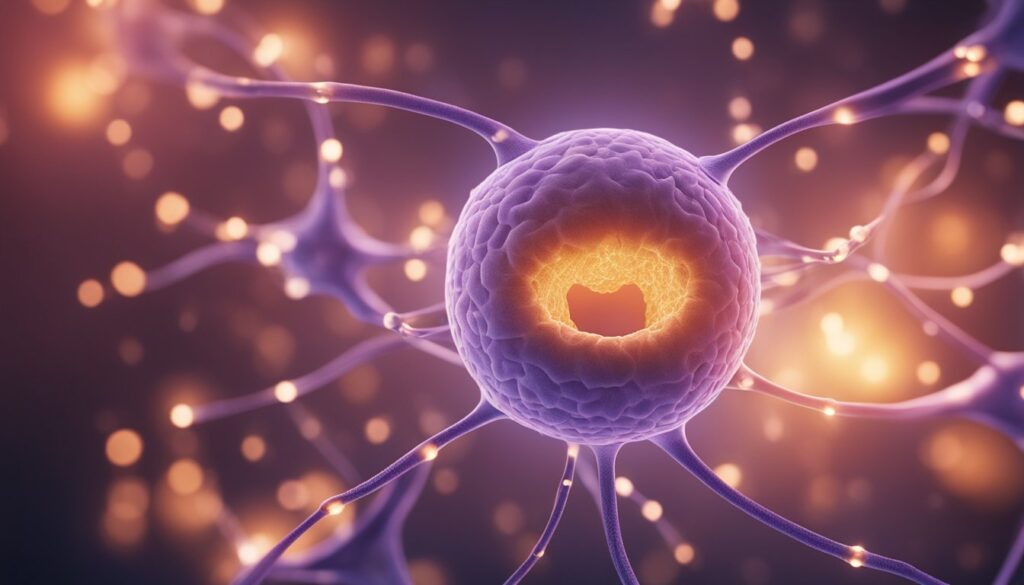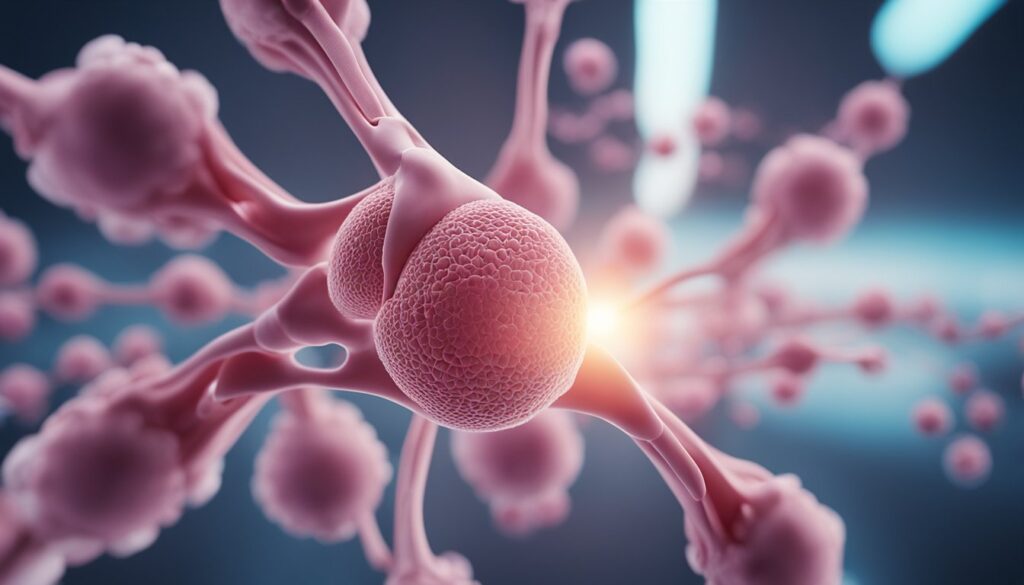Diindolylmethane, commonly known as DIM, is a natural compound that your body produces when it digests cruciferous vegetables, such as broccoli and Brussels sprouts. This substance has drawn attention in the scientific community due to its potential impact on hormone regulation, particularly estrogen metabolism. Understanding how DIM works can give you insights into its possible benefits and applications related to the uterus and overall reproductive health.

When exploring the relationship between DIM and the uterus, you may find that research centers on how this compound influences estrogen levels. Estrogen is a critical hormone for uterine health, playing a key role in regulating the menstrual cycle and maintaining the lining of the uterus. By promoting a favorable balance of estrogen metabolites, DIM may contribute to a healthier uterine environment, which could be beneficial for conditions like hormone-dependent gynecological disorders.
Given DIM’s role in modulating estrogens, it also touches on conversations about its use in managing symptoms associated with conditions such as premenstrual syndrome (PMS) and menopause. It is posited that DIM can help balance hormonal shifts and variations that affect your uterus and its functions. The ongoing scientific exploration into DIM suggests that it might be a valuable resource for supporting uterine health, but as with any supplement or health intervention, it’s crucial to consult healthcare professionals and consider current research before making dietary changes or taking new supplements.
Diindolylmethane (DIM) and Hormonal Impact on the Uterus

Diindolylmethane, or DIM, is a compound that can influence estrogen metabolism, potentially affecting various uterine conditions. In this section, you’ll learn about its effects on estrogen balance in the uterus, implications for uterine health, and how it may interact with various phases of the female reproductive cycle.
Estrogen Metabolism in Uterine Health
Your body’s ability to metabolize estrogen correctly is critical for uterine health. Imbalances in estrogen levels can lead to conditions such as fibroids, endometriosis, and various forms of uterine cancer. DIM, found in cruciferous vegetables, supports the estrogen metabolism process, which can help maintain a healthy uterine environment.
Influence of DIM on Uterine Conditions
DIM may provide benefits for women with uterine conditions. Studies suggest that DIM supplements can encourage apoptosis in cancer cells, potentially aiding in the management of cervical dysplasia and uterine cancer. It’s important to consider the dose and safety of DIM supplements, as the side effects can vary.
DIM’s Role During Menopause and Pregnancy
During menopause, DIM may help adjust estrogen levels, which typically fluctuate and can cause symptoms like hot flashes and mood swings. Regarding pregnancy, it’s essential to discuss DIM supplementation with a healthcare provider due to potential interactions and effects on hormone levels.
Estrogen Dominance and PMS Symptom Management
If you’re facing symptoms related to estrogen dominance, such as PMS, including mood changes and low energy, DIM might help manage these symptoms by modulating estrogen metabolites. Incorporating DIM through diet or supplements can be part of a strategy to alleviate discomfort, though keep in mind dose recommendations and possible interactions with other medications.
Diindolylmethane (DIM) and the Body

Diindolylmethane, commonly known as DIM, is a compound that’s been studied for its potential impact on hormonal health, particularly in relation to estrogen metabolism in the body. This section addresses how DIM influences various hormone-related conditions, immune function, and the intricate mechanisms by which it operates within the body.
DIM’s Effect on Other Hormone-Related Conditions
DIM plays a crucial role in the body’s management of estrogen, which can influence several conditions. Its effect on estrogen metabolism may help in managing menopause symptoms like mood swings and hot flashes. Moreover, DIM has been associated with a reduced risk of developing estrogen-driven conditions such as endometriosis, uterine fibroids, and various hormonal cancers.
DIM’s Influence on Immunity and Cell Function
Your immune system and cellular function can be impacted by your hormonal health, and DIM has a role to play here too. It may improve immune function and exhibit chemopreventive properties, especially in the context of cancers linked to hormonal imbalances such as breast, uterine, and thyroid cancers. DIM also affects cell adhesion and histology, which can alter how cancer cells grow and spread.
The Mechanisms of Diindolylmethane in the Body
DIM results from the breakdown of indole-3-carbinol found in cruciferous vegetables such as broccoli, cauliflower, and cabbage. Once ingested, DIM works at the cellular level to promote a healthy balance of estrogen metabolites, binding to estrogen receptors and influencing genes involved in estrogen metabolism. Specific dosing of DIM as a supplement can vary, so it’s important to follow recommended usage to ensure safety and minimize potential side effects like nausea or headaches.
Using Diindolylmethane (DIM)
Diindolylmethane (DIM) is a compound gleaned from cruciferous vegetables that can impact estrogen metabolism, potentially influencing conditions like endometriosis, fibroids, and various forms of uterine cancer.
Optimal DIM Dosing and Safety
When considering DIM for its potential health benefits, it’s essential to determine the appropriate dose that balances efficacy with safety. Studies suggest a typical diet supplies between 2-24 mg of DIM daily, with supplemental doses up to 150 mg being possibly safe for most individuals. Pregnancy and menopause are conditions where especial care is needed when adjusting DIM intake, as estrogen levels are particularly significant during these periods.
Interactions with Medication and Nutrients
Before adding a DIM supplement to your regimen, you should be aware of potential interactions with medications and nutrients. DIM can influence the metabolism of certain drugs and may interact with substances involved in hormone regulation, such as calcium and magnesium. Consult with a healthcare provider to navigate potential interactions, particularly if you’re managing conditions like uterine cancer or cervical dysplasia.
Benefits and Side Effects of DIM Supplements
DIM supplements are taken with the intent to support healthy estrogen metabolism, which may be conducive to mitigating risks associated with estrogen dominance, such as PMS and mood disturbances. However, side effects can occur, ranging from nausea and headache to vomiting and diarrhea, especially if the supplement dosage is not optimized for individual tolerance and need.
Nutritional Sources and Dietary Importance of DIM
A diet rich in cruciferous vegetables like broccoli, cauliflower, Brussels sprouts, and cabbage naturally provides DIM. These foods contribute to a dietary pattern that supports the body’s immune function and cell adhesion processes. Including these vegetables in your diet can be an important preventive strategy against estrogen-related disorders and contribute to overall health and well-being.
Conclusion
Evidence highlights Diindolylmethane (DIM) as an influential compound in regulating estrogen metabolism. This is central for uterine health, considering estrogen’s role in cellular activities within the uterus. DIM originates from the breakdown of indole-3-carbinol, a substance found in cruciferous vegetables, and is classed among indoles known for their health-promoting properties.
Your body’s mechanism of handling DIM suggests a move towards metabolism that favors less active estrogen forms. This can potentially reduce risks associated with estrogen-dominant conditions. Importantly, as a metabolite of indole-3-carbinol, DIM’s presence in the uterus has been shown to modulate estrogen metabolism, exhibiting both its direct and indirect influence on uterine cells.
3,3′-Diindolylmethane functions at a molecular level. It can modulate estrogen metabolism pathways and possibly lower the risk of conditions like endometrial cancer. Despite promising findings, ongoing research is paramount to fully understand DIM’s therapeutic potentials and safety profiles.
Here are some key points to consider:
DIM’s Role in Estrogen Metabolism:
- May promote a healthier balance of estrogen metabolites.
- Could potentially reduce estrogen-driven risks.
Sources of DIM:
- Formed from indole-3-carbinol found in cruciferous vegetables.
Potential for Uterine Health:
- Demonstrated activity in uterine estrogen receptor modulation.
- Linked to a decreased risk of conditions like cervical dysplasia.
Remember, supplementation and diet changes should be discussed with healthcare providers, especially when considering DIM’s impact on hormonal balance.
Frequently Asked Questions
Understanding Diindolylmethane’s role in managing uterine health is key, particularly its influence on conditions like endometriosis, menstrual discomfort, and fibroids.
How does Diindolylmethane aid in the management of endometriosis symptoms?
Diindolylmethane may help manage the symptoms of endometriosis by modulating estrogen metabolism, which is often implicated in the condition’s development and severity.
Can the usage of Diindolylmethane lead to a reduction in menstrual cramps?
Some women have found relief from menstrual cramps using Diindolylmethane due to its potential to balance hormones and reduce inflammation that can cause period pain.
Is there evidence supporting the effectiveness of Diindolylmethane in dissolving fibroids?
While there is interest in Diindolylmethane for fibroid management, conclusive evidence on its effectiveness in dissolving fibroids is currently limited.
What potential effects does Diindolylmethane have on the patterns and severity of menstrual bleeding?
By promoting hormonal balance, Diindolylmethane may influence menstrual patterns, potentially leading to more regular cycles and less severe bleeding for some individuals.
Can Diindolylmethane and N-Acetylcysteine (NAC) be taken concurrently for gynecological health?
Diindolylmethane and N-Acetylcysteine (NAC) are often used together as they may provide complementary benefits for hormonal balance and antioxidant support in gynecological health.
What are the signs that fibroids may be responding to treatment with substances like Diindolylmethane?
Signs of fibroids responding to treatments may include a reduction in symptoms such as pelvic pain or heavy menstrual bleeding, which can be tracked through symptoms diaries or imaging tests ordered by your healthcare provider.